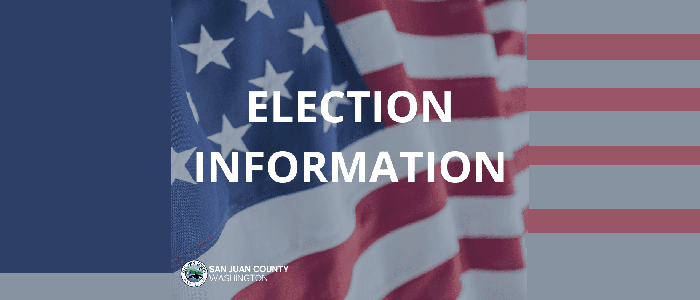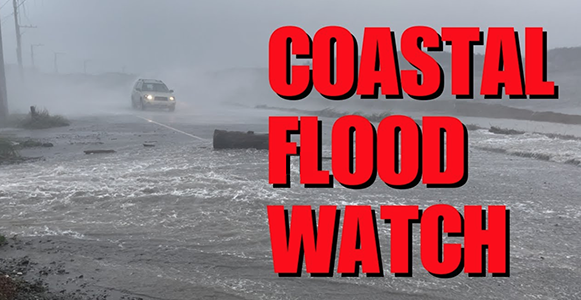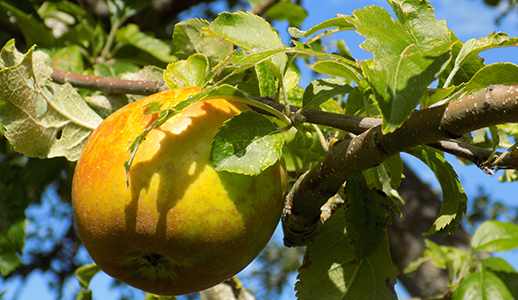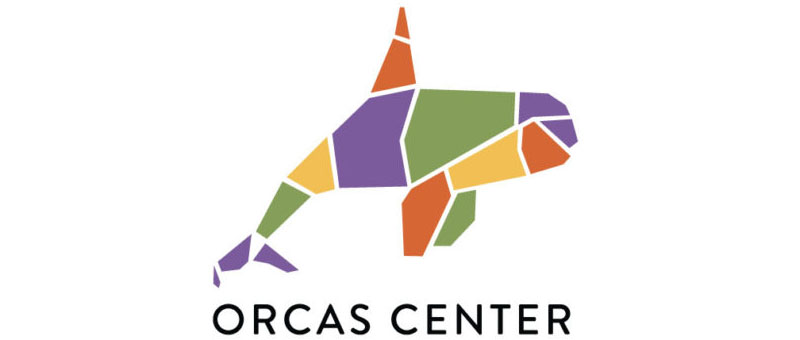||| FROM STATE DEPARTMENT OF HEALTH |||
OLYMPIA – Drinking water for over 6 million Washington residents will be tested for per- and polyfluoroalkyl substances (PFAS) under rule changes adopted by the Washington State Board of Health (SBOH). The rule now sets State Action Levels (SALs) and requires widespread testing of public drinking water supplies for PFAS contamination. The changes will go into effect on January 1, 2022.
The new rule requires all public water systems that regularly serve water to 25 or more of the same people each day to test for PFAS. Water systems that find PFAS in their supply must complete additional monitoring and water systems that exceed a SAL must notify their customers. Public water systems that find PFAS will also be required to include test results in their annual water quality reports provided to their customers. Data from the testing will also be available on the Department of Health (DOH) website.
“This action by the SBOH is a major milestone in the state’s efforts to address these chemicals known as PFAS,” says Lauren Jenks, Assistant Secretary for Environmental Public Health. “The testing and ongoing monitoring required by this rule will help us understand the full extent of the problem so we can continue to explore solutions.”
The rule sets the following SALs for five common PFAS reported in Washington drinking water supplies:
| Type of PFAS | State Action Level (SAL) (parts per trillion) |
| PFOA |
10 |
| PFOS | 15 |
| PFNA | 9 |
| PFBS | 345 |
| PFHxS | 65 |
PFAS, sometimes known as “forever chemicals,” often don’t break down naturally in the environment and some accumulate in people’s bodies. PFAS are used in many everyday products such as nonstick cookware, waterproof clothing, stain-resistant carpets and upholstery, microwave popcorn bags and other food packaging, as well as fire-fighting foam. Exposure to some PFAS can have several harmful side effects.
These new state drinking water standards also complement ongoing efforts by the Department of Ecology (Ecology) to set state groundwater cleanup standards and facilitate cost recovery for mitigation and clean-up from responsible parties.
More information on the rule can be found on the Office of Drinking Water’s rulemaking webpage.
States like Washington are ahead of federal regulators in setting standards for PFAS in drinking water. This is the first time the SBOH has adopted state drinking water standards into rule, as the state typically relies on federal drinking water standards.
**If you are reading theOrcasonian for free, thank your fellow islanders. If you would like to support theOrcasonian CLICK HERE to set your modestly-priced, voluntary subscription. Otherwise, no worries; we’re happy to share with you.**








